Seven Iodine-Rich Foods You Should Include in Your Diet
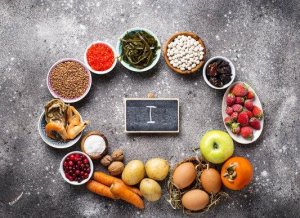

Written and verified by the nutritionist Eliana Delgado Villanueva
Iodine is an essential trace mineral in the synthesis of thyroid hormones. Alterations in iodine levels can cause hyperthyroidism or hypothyroidism, which lead to basal metabolism disorders. That said, do you know the iodine-rich foods you should include in your diet?
Although people don’t need a lot of iodine a day, the daily requirement doubles during pregnancy and lactation and its deficiency can cause serious consequences for the baby.
Luckily, there are many iodine-rich foods. In this article, we’ll mention seven of the best ones that you should incorporate into your diet.
Why is it Important to Consume Iodine-Rich Foods?
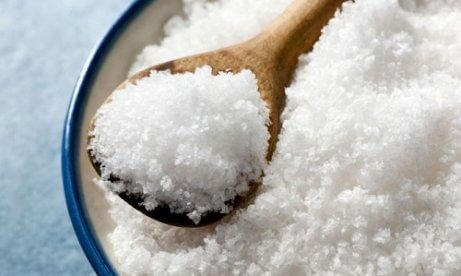
This mineral is essential for the proper functioning of thyroid hormones, which play a crucial role in the regulation of metabolism.
It’s important to note that iodine is essential for the development of hormones and its deficiency during pregnancy can affect the baby’s development. Also, problems such as goiters, an enlargement of the thyroid gland, are caused by lack of iodine, among other things.
Iodine Intake Recommendations
The best way to get your daily requirement of essential vitamins is to eat a balanced diet containing a variety of foods. The Food and Nutrition Board for the Institute of Medicine recommends the following iodine intakes:
Babies:
- 0 to 6 months: 110 micrograms (mcg) per day
- 7 to 12 months: 130 mcg/day
Children
- 1 to 8 years: 90 mcg/day
- 9 to 13 years: 120 mcg/day
Teenagers and adults:
- Men 14 and older: 150 mcg/day
- Women 14 and older: 150 mcg/day
- Pregnant women: 220 mcg/day
- Lactating women: 290 mcg/day
Specific recommendations depend on age, sex, and other factors such as pregnancy. Ask your doctor the amount you should consume according to your needs.
You should also read: 7 Iodine Packed Beverages to Improve Thyroid Function
Seven Iodine-Rich Foods
1. Iodized salt
Although it isn’t strictly a food, it is the most iodine-rich condiment, as it contains 1900 mcg per 100 grams. Despite the fact that it’s so rich in iodine, people tend to consume iodized salt in very low amounts. Although it tastes just like common salt, it has more health benefits.
To consume it, all you have to do is replace your ordinary table salt with iodized salt and use it to season any dish (in moderation, of course).
2. Seaweed
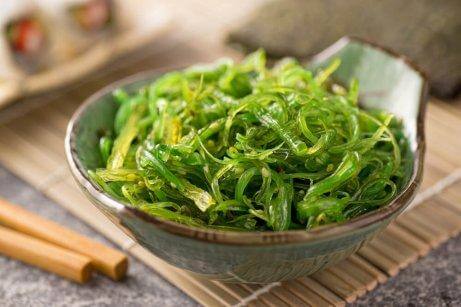
The sea is the main source of iodine, so seaweed contains a lot of it.
In the sea, you can find many iodine-rich seaweeds, such as Kelp, arame, hijiki, wakame, and kombu. Kelp, for example, contains four times more iodine than the recommended daily intake and a tablespoon of arame contains 730 micrograms of iodine.
You can use them to make soups, sushi, snacks or salads.
However, you have to be cautious. This is because thyroid problems can also be caused by excessive iodine intake.
3. Blueberries
This antioxidant-rich berry is also an inexhaustible source of iodine. 11 grams of blueberries contain 400 mcg of iodine. It also has a low caloric value due to its low carbohydrates content. Plus, it’s rich in vitamin C, it’s a source of fiber, improves intestinal transit, and contains potassium, iron, and calcium.
However, what really characterizes blueberries is their abundance of natural antioxidants. In addition, red berries are great allies to help fight recurrent urinary tract infections by enhancing the body’s diuretic ability.
4. Fresh Fish
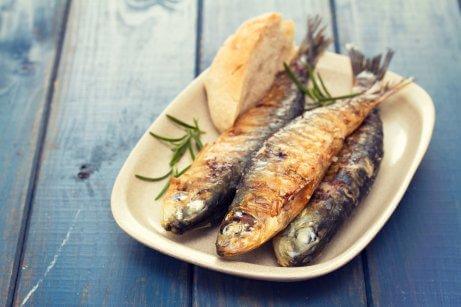
In addition to seaweed, other seafood such as fish and shellfish contain a lot of iodine.
Cod stands out as one of the most iodine-rich fish with 170 mcg per 100 g. Furthermore, it’s rich in vitamins B1, B2, B6, and B9, which allow the body to use carbohydrates, fats, and proteins to the fullest.
On the other hand, 150 grams of mackerel only contains 208 calories and 225 mcg of iodine. Like other bluefish, it’s rich in omega-3 fatty acids, which means it helps lower blood cholesterol and triglyceride levels and help keep your heart healthy.
Tuna is one of the most commonly consumed bluefish. It’s iodine-rich since it contains 50 mcg per 100 grams. Behind it are sardine and hake, with somewhat lower levels or about 30 mcg per 100 g.
You should also read: 5 Thyroid Treatments You Can Do at Home
5. Mussels
This mollusk is considered a gastronomic gem, as it’s low in calories but contains a lot of nutritional properties such as vitamins, amino acids, and minerals.
It’s also rich in iodine, as 100 grams of this mollusk contain 130 mcg of iodine.
6. Chicken
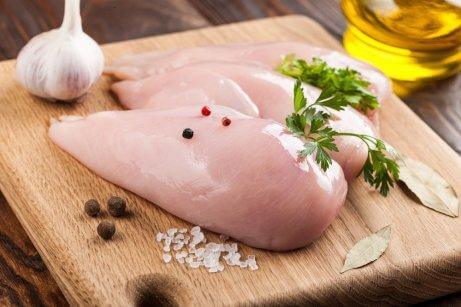
Chicken is one of the most iodine-rich meats out there with 7 mcg per 100 g.
7. Shrimp and Prawns
Rich in protein and vitamins, shellfish and seafood are great sources of iodine. One of the best in this sense are prawns or shrimp, as they’re capable of providing 35 mcg for less than 100 grams.
These are just some examples of iodine-rich foods that you can easily incorporate into your diet. However, always remember not to overdo it on the recommended daily intakes.
All cited sources were thoroughly reviewed by our team to ensure their quality, reliability, currency, and validity. The bibliography of this article was considered reliable and of academic or scientific accuracy.
- Niwattisaiwong S, Burman KD, Li-Ng M. Iodine deficiency: Clinical implications. Cleve Clin J Med. 2017 Mar;84(3):236-244. doi: 10.3949/ccjm.84a.15053. PMID: 28322679.
- Lopez Y, Franco C, Cepeda A, Vázquez B. Constant iodine intake through the diet could improve hypothyroidism treatment: a case report. J Physiol Biochem. 2018 Feb;74(1):189-193. doi: 10.1007/s13105-017-0605-x. Epub 2018 Jan 26. PMID: 29374374.
- WHO. Iodine Deficiency in Europe: A continuing public health problem. Anderson M, de Benoist B, Darnton-Hill I, Delange F, editors. Geneva: WHO; 2007.
- Food and Nutrition Board. Institute of Medicine. Dietary Reference Intakes for Vitamin A, Vitamin K, Arsenic, Boron, Chromium, Copper, Iodine, Iron, Manganese, Molybdenum, Nickel, Silicon, Vanadium, and Zinc. National Academy Press W; 2004.
- Vila, Lluís. (2008). Prevención y control de la deficiencia de yodo en España. Revista Española de Salud Pública, 82(4), 371-377. Recuperado en 21 de marzo de 2019, de http://scielo.isciii.es/scielo.php?script=sci_arttext&pid=S1135-57272008000400002&lng=es&tlng=es.
This text is provided for informational purposes only and does not replace consultation with a professional. If in doubt, consult your specialist.








